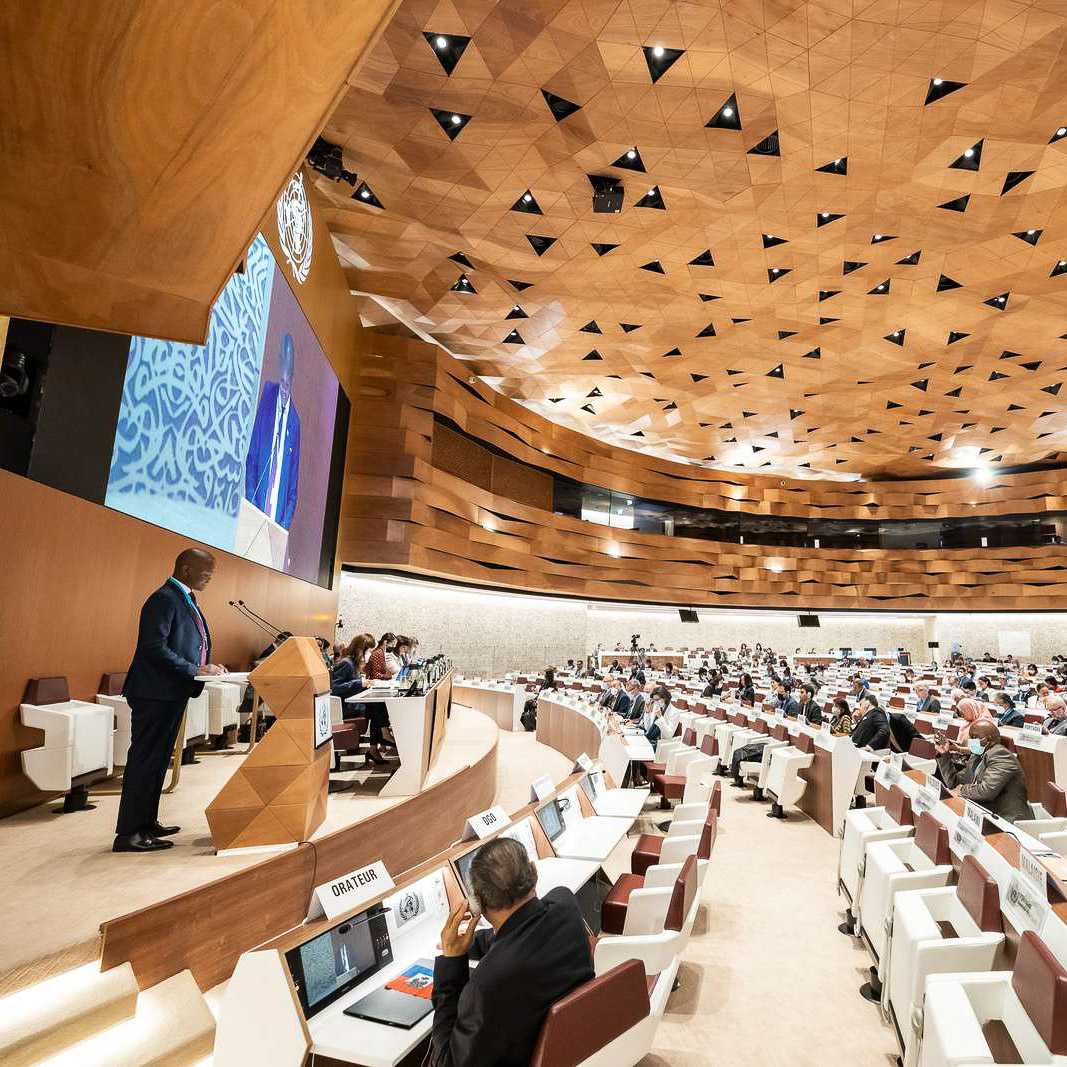

The above statement was made by the World Health Organization (WHO) Director-General, Dr. Tedros Adhanom Ghebreyesus, during the closing remarks at the 76th World Health Assembly, which concluded in Geneva, Switzerland on 30 May.
Even though the WHO declared an end to COVID-19 as a public health emergency, its impact has been significant—major disruptions to travel and trade have had a profound impact on global economies (which in turn has impacted the available funds to spend on health). Tackling the health challenges of today paints a vastly different picture from when the WHO was established in 1948. Achieving the highest attainable standard of health for people calls for multi-sectoral efforts and strong partnerships to achieve Universal Health Coverage (UHC) for all, strengthen preparedness and response for health emergencies, improve women’s and children’s health, empower individuals to be responsible for their health and ensure a sustainable financing mechanism for health care systems.
Supply chain issues and inefficiencies in health care resources during the pandemic underscored the need to streamline stockpiling processes. Ensuring equitable access to basic health resources for all Asians and scaling up funding for Universal Health Coverage (UHC) are crucial to address the needs of the continent’s largest aging population.
As such, it is incredibly heartening to note that WHO member states have agreed to a historic 20% increase in assessed contributions (mandatory contributions due from states by virtue of their membership), amounting to US$6.83 billion. With this, one billion more people will benefit from UHC, protection from health emergencies and enjoy better health and well-being. Apart from a momentous budget expansion that will help deliver the WHO’s program budget for 2024 and 2025, WHO member states passed a resolution to strengthen diagnostics capacity in countries and to improve access to diagnostic services.
Despite this, it is worrying that no agenda item or side events were devoted to the Regional Director elections this year, given that posts are available in the South-East Asia, Western Pacific and Eastern Mediterranean regions—an unprecedented number in one year. The WHO South-East Asia region office is only expected to announce the nominee for South-East Asia’s regional director (RD) in mid-to-late August. These elections matter, given that this region is home to more than 60% of the world’s population and the future South-East Asia RD has the potential to unify and strengthen the recovering region. Before the 76th WHA, the G7 Health Ministers Meeting occurred in Nagasaki, Japan, on 13 and 14 May. This was the first time since COVID-19 that all the G7 Health Ministers could unite in person. Topics discussed included strengthening the global health architecture by cooperating among countries and regions, recommitting to achieving more resilient, equitable and sustainable universal health coverage through strengthening health systems and leveraging innovations to improve global health. This was the first time since COVID-19 that all the G7 health ministers could unite in person. Topics discussed included strengthening the global health architecture by cooperating among countries and regions, recommitting to achieving more resilient, equitable and sustainable universal health coverage through strengthening health systems and leveraging innovations to improve global health.
Amidst the region’s move to increase resources and funding, as committed at WHA and G7 to transform and strengthen health systems in Asia, promoting and encouraging innovation alone will not help governments build sustainable and resilient health ecosystems. Bilateral and multilateral partnerships are vital pillars in building robust health responses, sharing data in a timely and transparent manner to prevent the emergence of diseases effectively and ensuring access and delivery of quality health care to all.
Poised to be one of the largest trading blocs in the next few years, the Asia region can take advantage of the heightened interest and inflow of investments and resources to buttress infrastructure to enable digital and physical connectivity, upskill and strengthen the workforce to be healthy and productive and translate innovations into scalable commercial returns. The continued collaboration between stakeholders helps build health resilience in a resource-lean region and, most importantly, ensures that Asia is integrated into the global supply chain as a critical node for health equity, scalability and sustainability.
The piece is from APCO’s Asia Pulse Newsletter.
The photo is courtesy of WHO.
APCO Alumna Bethanie Kwok co-authored this piece.


